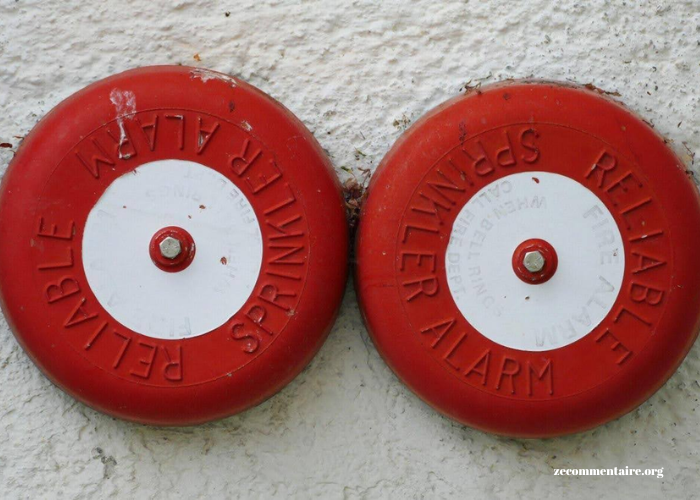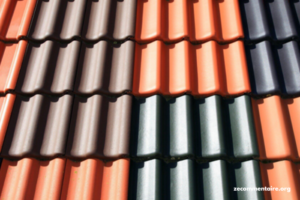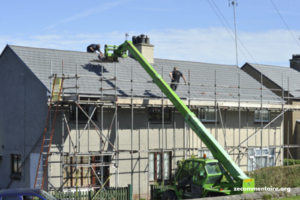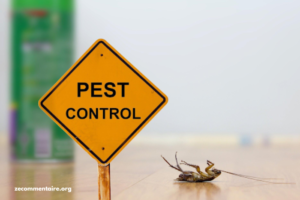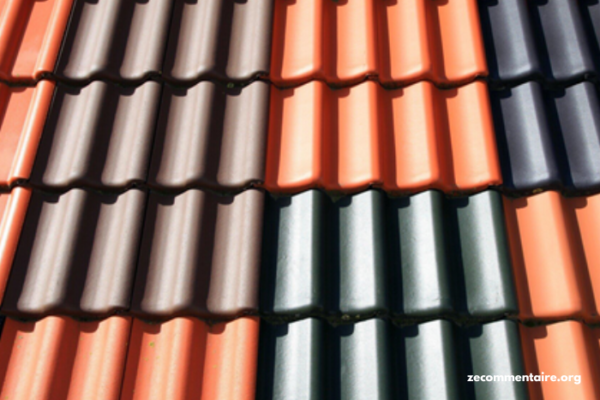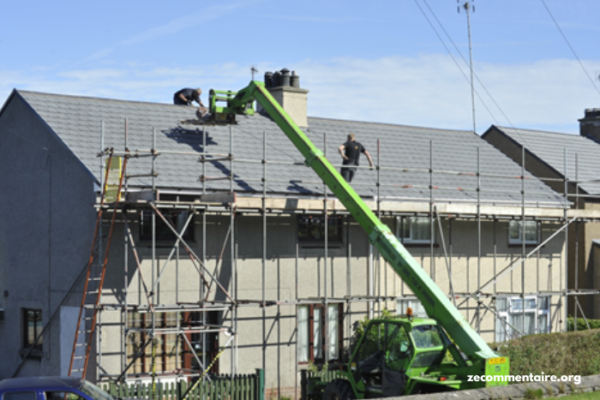Understanding the various sprinkler types and knowing which ones are mandatory and which ones are recommended can be a game-changer. Fire sprinkler systems play a crucial role in fire safety. It can significantly reduce the risk of death and property loss.
With numerous types of sprinklers available, choosing the right one for your commercial or residential space is essential. This guide will walk you through the various sprinkler system options to ensure comprehensive fire protection.
Read on!
Mandatory Sprinkler Types
When it comes to fire safety, certain types of sprinkler systems are required by law to be installed in buildings. These mandatory sprinkler types provide a crucial first line of defense against fires and are vital for protecting both people and property.
Wet Pipe Sprinklers
These are the most common and widely used type of sprinkler system. They consist of pipes that are constantly filled with pressurized water. They are ready to be released in case of a fire.
Wet pipe sprinklers have a simple design and are relatively low-cost. However, they may not be suitable for environments where the temperature drops below freezing as the water in the pipes can freeze and cause damage.
Dry Pipe Sprinklers
Dry pipe sprinkler systems are similar to wet pipe systems, but the pipes are filled with pressurized air instead of water. When a fire occurs, the air is released. This allows the water to flow through the pipes and onto the fire.
These types of sprinkler systems are typically used in areas where freezing temperatures are an issue. This is because they eliminate the risk of frozen pipes. However, they do require more maintenance and can be more expensive to install.
Pre-action Sprinklers
Pre-action sprinkler systems are a combination of both wet and dry pipe systems. They have a pre-action valve that must be activated before water is released into the pipes.
This type of system is commonly used in areas where accidental activation of the sprinklers could cause significant damage. This includes data centers or museums. As you look into resources explaining fire watch requirements, it’s important to note that pre-action sprinklers are often required in these types of facilities.
Recommended Sprinkler Types
While not mandatory by law, other types of sprinkler systems are highly recommended for certain environments. These include:
Deluge Sprinklers
Deluge sprinkler systems are designed to release a large amount of water quickly and simultaneously. They are usually used in areas where fires can spread rapidly. This includes industrial or chemical facilities.
Deluge sprinklers are also recommended for high-hazard areas. This includes kitchens and laundry rooms. This is where the risk of fire is higher.
ESFR Sprinklers
ESFR (Early Suppression Fast Response) sprinkler systems use large droplets of water to quickly suppress fires. They are commonly used in warehouses and other large commercial spaces where high ceilings and flammable materials pose a significant fire risk. These fire protection systems can quickly and effectively extinguish fires before they become uncontrollable.
Discover Different Sprinkler Types for Fire
Understanding the different sprinkler types and their functions is crucial for ensuring proper fire safety in any building. Mandatory sprinkler types provide a necessary first line of defense against fires. Recommended types can offer additional protection in high-risk areas.
By familiarizing yourself with the various sprinkler options available, you can make informed decisions when it comes to choosing the right system for your space. Remember to consult with fire safety professionals to ensure it is functioning properly in case of an emergency. Stay safe!
If you want to read more, visit our blog. We have more topics!
